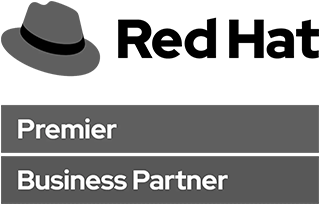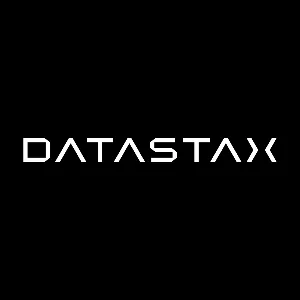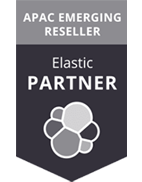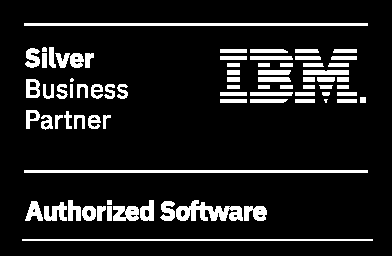DevOps
Imagine people from IT operations, software development, testing, security and the business working together with a shared goal. Not building technology for technology’s sake, but instead working together with a joint focus and understanding of the target outcome — business lead and technology delivered. Then, when working like this, imagine being able to trust to explore, learn, and create new business models to serve your organisations now and into the future.
BUILD WITH DEVOPS NOW
DevOps enables business agility with improved reliability, economics, and security. DevOps is a practice that combines software development (Dev) and IT operations (Ops) and shortens the systems development through continuous delivery with a focus on software quality and security.
DevOps is complementary to Agile software development. Together, delivering more reliably and to a higher standard of quality. Importantly, in a world where software is becoming more complex not less, DevOps helps address the increasing complexity of Software requirements and delivery.









